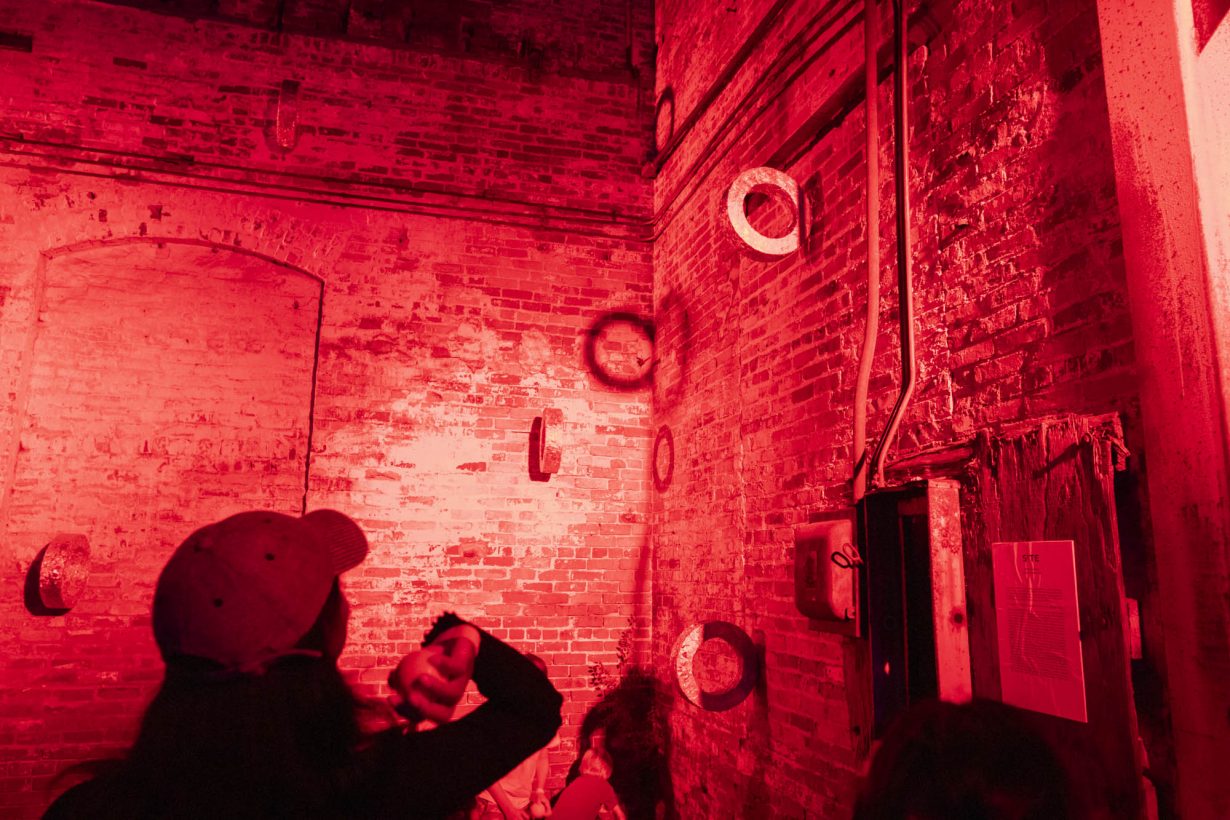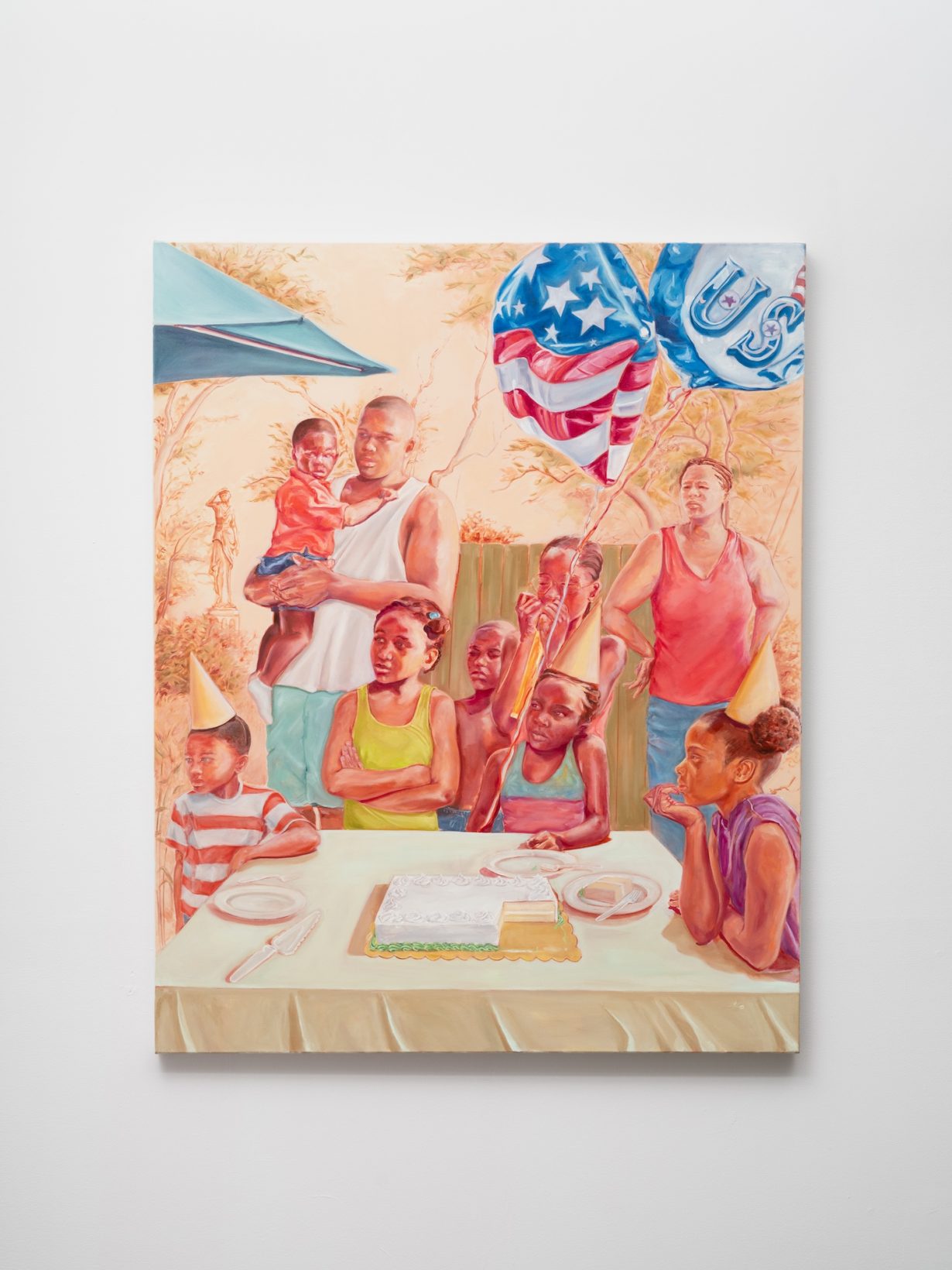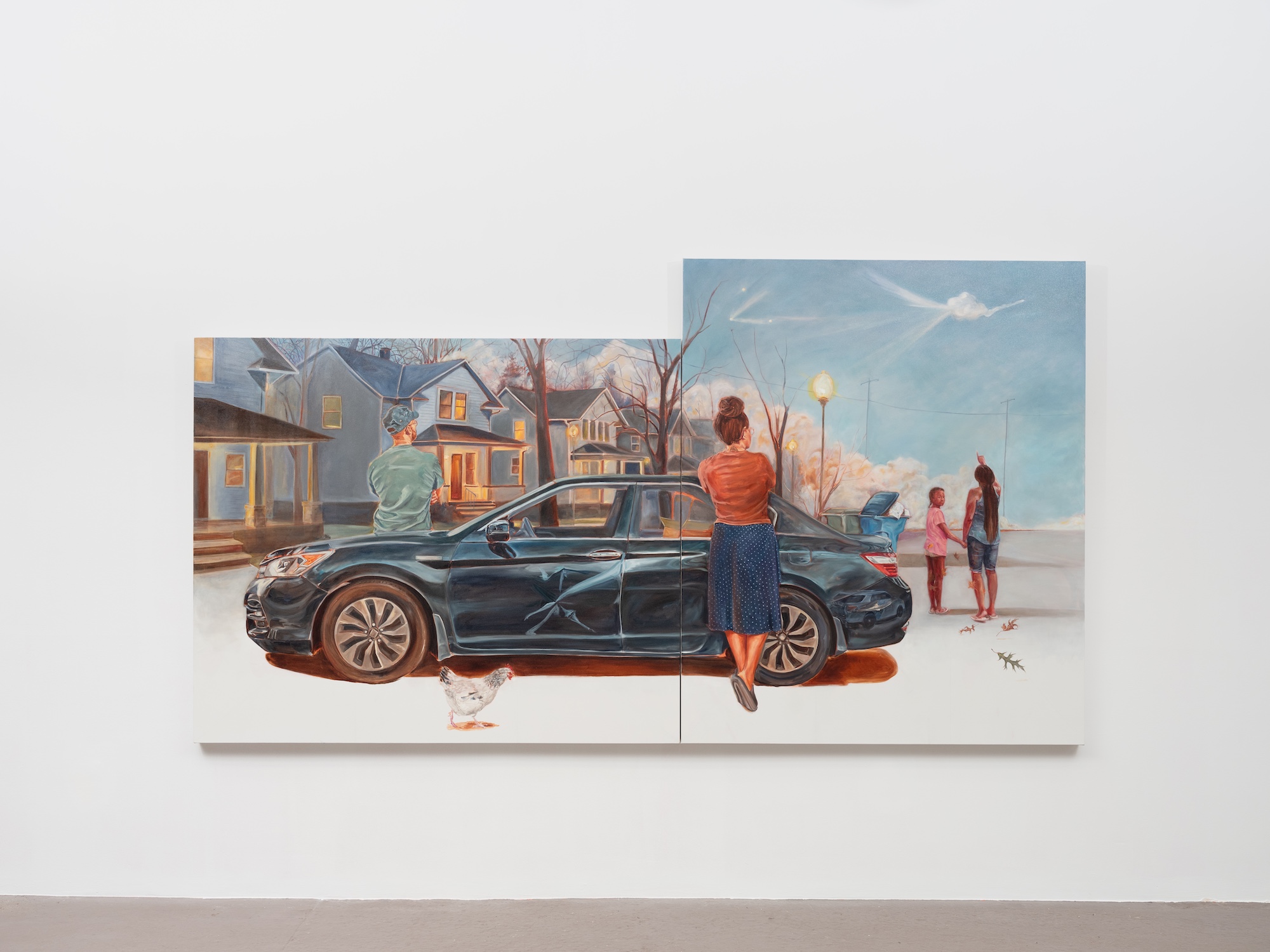Can the Atlanta art scene’s survivalist rhetoric and utopian visions make up for a lack of public funding?
Two years ago, the Atlanta-based publication Art Papers announced that it would be closing in 2026. The longest running not-for-profit art magazine in the US found itself at the edge of a fiscal cliff, at which point the publication’s executive and artistic director Sarah Higgins, alongside the magazine’s founders and board, reached the decision to wind down operations. Higgins explained as much on 26 September at the first – and last – Art Papers Art Writing & Publishing Symposium, which brought together writers, editors and curators across North America to reflect on the rapidly changing field. The convening, held at Ponce City Market in Atlanta, was what curator TK Smith described as “a beautiful way to lay something we love to rest”. It was one part of the magazine’s three-year, multi-step sunsetting plan, which also involves a public talks series, a final issue of the magazine, an archival project and the publication of a book titled 50 Years of ART PAPERS.
The symposium was billed as ‘real-talk’ in its accompanying brochure. In her scripted talk, Higgins gave a ‘transparent recounting’ of the history of the publication – from its inception in the 1970s, when nonprofit institutionalisation was actually incentivised by US government programmes, through the 1980s backlash against public arts funding and the 1990s culture wars, up to COVID, when the magazine was hit by supply chain disruptions and diminishing returns on their annual art auction. Higgins’s was a typical story of nonprofit burnout. Throughout their 50-year run, Art Papers had been “patching things together,” Higgins lamented, “always diminishing, doing more with less” amid “a persistent sense of an ongoing, iterative crisis.” It likely did not help that, for the past decade, the state of Georgia has come in last or near last in the rankings for US government arts funding.

Finally, the loss of their NEA grant following Trump’s second inauguration delivered Art Papers to the scene at hand: rows of banquet chairs on the fourth floor of a former Sears department store building, lanyards, coffee. We put on our best smiles to contemplate the painfully open-ended questions that framed the panels – ‘What funding, institutional, administrative models, offer stable structures for success?’ ‘What do readers want and need from arts writing today?’ – and broad critiques of the nonprofit industrial complex. Tempestt Hazel, co-founder of the publishing platform Sixty Inches from Center, gently reminded us that nonprofits are supposed to be working themselves out of their need for existence. Although Art Papers was ending in what it had determined to be a responsible fashion – by symbolically ceding the floor to younger magazines like Hazel’s, as well as CARLA, Boston Art Review and others – it was still ending, and that was cause for grief.
Outside of the meeting room, the city’s arts community carried on. At the bustling Atlanta Art Fair, held the same weekend as the symposium, the mood was jubilant and confident. The fair’s second annual for-profit SITE Art Festival, a quirky, art-themed bash with immersive installations, games and performances, which took place that Saturday evening at the industrial-complex-turned-arts-venue Goat Farm, offered a momentary respite from the plaintiveness of the symposium. Here there were lines of cars and festivalgoers trekking through the grass along the side of the road to and from the one-night-only spectacle, with an open bar and a VIP lounge. Highlights included an installation by Sergio Suárez based on the pre-Columbian ball game ōllamaliztli that was composed of metal rings mounted on the crumbling brick wall of an open-air ‘gallery’ and orange balls that participants – mainly children – could throw at the rings; Jessica Caldas’s fabric recreation of the arched tetrapylon of Palmyra, a third-century monument in Syria; an audiovisual installation by Artemus Jenkins and mikeflo consisting of a DJ spinning between projected images of seascapes and a video of West African voodoo practitioners performing the Zangbeto dance honouring a shaking, whirling, palm-leaf covered ‘spirit’; and a piece for xylophone, flute and piano by Morton Feldman performed by the Atlanta-based ensemble Chamber Cartel in an eerie, blue light-soaked warehouse. Shoulder to shoulder with performance artists and musicians – there were 30 participants in SITE, a good portion of them local – it was difficult to sense any cultural crisis or anxiety in the crowd. At the same time, it was hard to feel like anything was at stake here besides pleasure. Given all that hangs on the line for US arts nonprofits in the face of federal funding cuts and political censorship, the commercial festival felt like an all-too-boisterous reception to a sombre, long-running funeral.

Ironically, by declaring its death to funders, Art Papers was able to secure support for their sunsetting efforts from a dozen sources including the Warhol Foundation, the Mellon Foundation, the Wagner Foundation and the City of Atlanta Mayor’s Office of Cultural Affairs. The interest generated by the symposium’s novel premise makes one wonder if nonprofits – and the writers, curators, artists and educators who work with them – should jettison the survivalist rhetoric, whereby they enumerate crises in order to underscore the need for funding while enticing donors with visions of the utopia they ostensibly have the power to create. This rhetorical formula creeps into exhibitions and artworks, too, calcifying their formal language. At MOCA GA, for instance, in Atlanta-based painter Ayana Ross’s solo exhibition Saving Our Sacred Selves, one found large-scale oil paintings made in a Norman Rockell-inspired realist style. One, titled Parable of the Seer (Diptych) (2025), depicted a transfixing polycrisis: a wildfire, a rocket launch, a car accident and a chicken running loose in a suburban neighborhood around a Black family of four. On an adjacent wall, an equally grand painting titled The Grace You See (2025) showed a group of Black women lounging in the grass by a lake with children frolicking in their midst, a mock-up of an idyllic future. A letter from the artist printed on the wall urged viewers to ‘hold space for the better’ and ‘continue to choose the people’. When I asked Ross for her perspective on Atlanta’s cultural landscape, she declined to speak about any specific institutions or issues but wrote back, with diplomacy that echoed that of the symposium speakers, expressing her gratitude for the city’s ‘artists (of all forms), educators, curators, directors, collectors/collectives, audiences, businesses, institutions’.
One of the paintings in Saving Our Sacred Selves didn’t fit in with the rest. Titled Not Like U.S. (2025), it depicted a scene at a birthday party: a cake, two mylar balloons printed with the American flag and the letters ‘USA’ and a group of Black children and their adult chaperones frowning at something or someone offstage. Either the group at the party represented America, or they were being typecast as un-American despite their patriotic décor. What was present in this work was both a pointed conflict and a restless air of ambiguity, qualities that seem, for now, to be taking a back seat to the act – and art – of survival.
